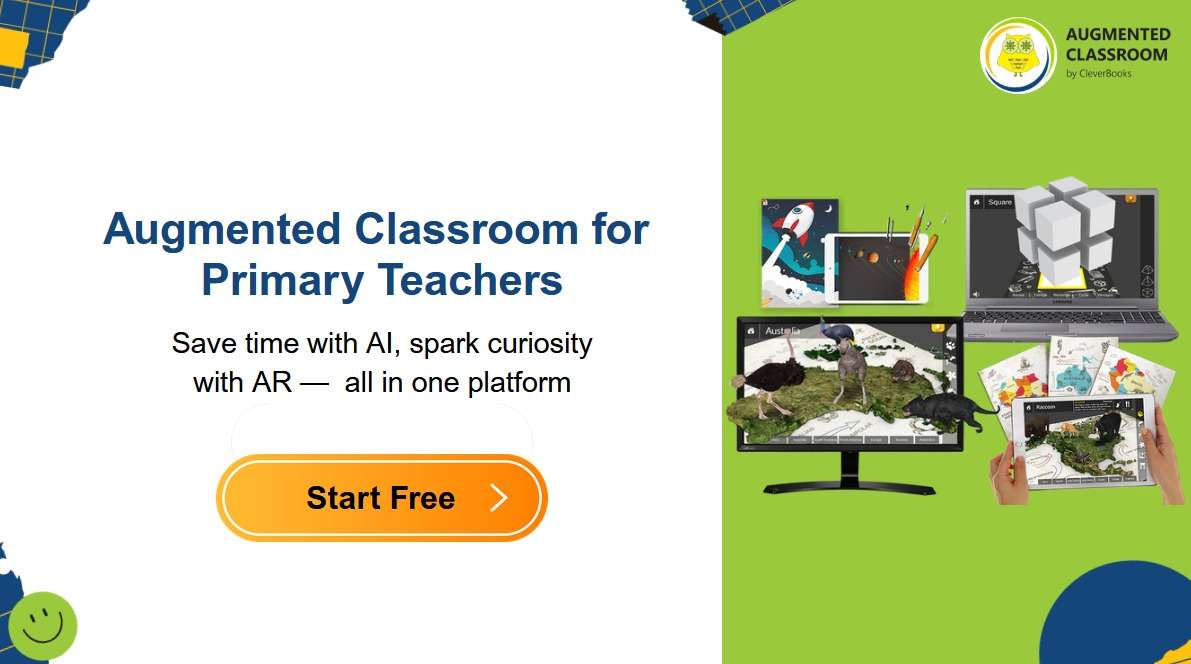Plants are more than just greenery—they’re a window into science, design, and creativity. Imagine your students not only learning about indoor and outdoor plants but also using Augmented Reality (AR) to design walls, fences, and decorations with them. With Augmented Classroom (ARC), this imaginative approach turns a standard social sciences topic into a collaborative, hands-on learning adventure for 5th and 6th graders.
Why Explore Plants with AR?
Understanding plants goes beyond memorizing names. It’s about observing characteristics, learning their functions, and seeing how humans interact with them in urban and natural environments. By incorporating AR, teachers can give students a visual, interactive experience that makes plant science tangible, memorable, and engaging.
AR encourages students to explore and experiment, connecting the natural world to creative design while reinforcing critical thinking and problem-solving skills.
Creativity Meets Social Sciences
Using AR, students can step into the role of architects, city planners, or landscape designers. They can imagine gardens, forests, or urban spaces while thinking about the practical uses of plants for decoration, walls, and fences. This not only teaches plant characteristics but also inspires creativity and spatial reasoning.
Encouraging students to collaborate on AR projects fosters teamwork, communication, and digital literacy. They learn to present their designs, explain choices, and reflect on their creative process—skills that are essential for the 21st-century classroom.
Making Learning Interactive
The power of AR lies in transforming abstract concepts into hands-on experiences. Students can:
- Observe and compare indoor vs. outdoor plants in detail.
- Apply knowledge to design functional and aesthetic plant layouts.
- Experiment collaboratively in virtual environments like gardens, cities, or forests.
By letting students explore, design, and present, teachers create an environment where learning is active, inquiry-based, and deeply engaging.
Tips for Classroom Success
- Encourage students to discuss and share observations about plants in their homes and neighborhoods.
- Use AR to allow experimentation without limitations of physical space or resources.
- Highlight the connection between plant science, environmental awareness, and design thinking.
- Promote collaboration by having students work in pairs or small groups to develop and present projects.
The Takeaway
AR turns social sciences into a creative, collaborative, and interactive experience. By exploring plants and their uses through AR, students gain scientific understanding, digital skills, and the joy of designing real-world applications in a virtual space.
Transform your classroom into a world of greenery and creativity with Augmented Classroom Create mode—where learning grows beyond the page.

